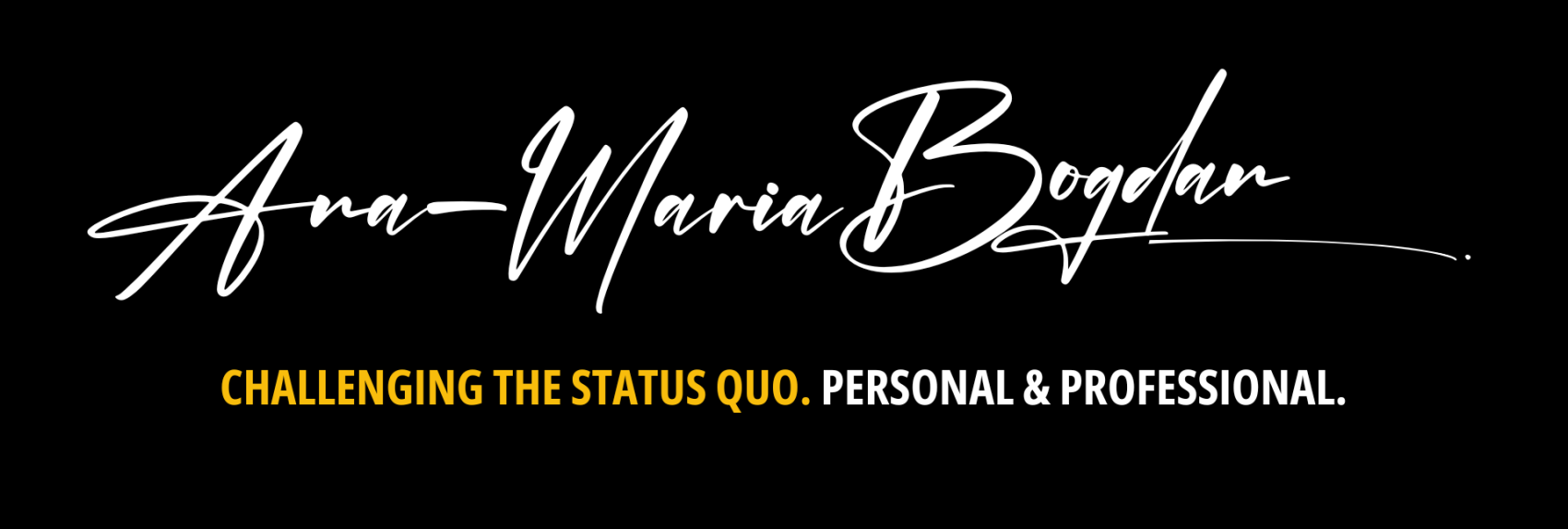June 24 has a special significance for both Romanians and all those who appreciate the beauty and meaning of the traditional folk costume. Every year, on June 24, we celebrate …
Tag:
featured
-
-
It’s not without a good reason why Ancient Greeks called dolphins “hieros ichthys” which means sacred fish. Dolphins are extremely intelligent and full of surprises as you’ll see …
-
The Romanian IA or La Blouse Roumaine as it came to be known has a long lasting love story with French painter Henri Matisse. This is their story …


